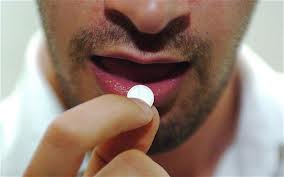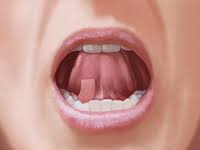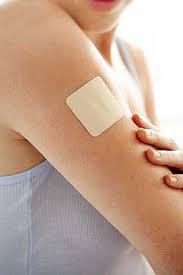Once administered, a drug will be absorbed into the blood stream, which distributes it throughout the body. During the time a drug is exerting its effect it is being metabolised and, finally, it is excreted. How quickly and powerfully the effects are felt will depend on the route of administration (YSAS, 2001).
Oral Ingestion


This mode has the advantage of being non-invasive but the effectiveness of the drug is greatly reduced by the action of the digestive tract. In the case of the stimulant drug cocaine, as much as 80% may be metabolised before reaching the receptor sites when ingested orally. In view of the artificially inflated costs of illicit substances, users often seek routes of administration that offer better value for money. Consequently, the reduced effectiveness of a drug through oral administration is of great enough consequence to encourage the use of more high risk routes such as injection (YSAS 2001).
Injection (Parenterally)

Administration can be intravenous (via a vein), intramuscular (via a muscle) or subcutaneous (under the skin) (NCETA 2004). Injection has the advantage of ensuring that a greater amount of the drug will arrive at the receptors in a shorter space of time. However injection drives a range of health harms specific to this route of administration including transmission of viral and bacterial diseases and tissue damage.
Insufflation (Sniffing or Snorting)

Insufflation refers to the sniffing or snorting of a drug. When drugs are self administered in this way, they are absorbed through the mucous membrane in the nose and into the blood stream.
Inhalation

Inhalation such as smoking cannabis or sniffing aerosols ensures blood from the lungs is pumped straight to the brain and the onset of drug action can often occur more rapidly than via intravenous injection.
Sublingual

Sublingual refers to placing a tablet (or wafer in the case of Suboxone) under the tongue where it is absorbed into the blood stream through the mucous membrane. Absorption is relatively rapid.
Transdermal

Transdermal modes of administration are those where the drug is absorbed through the skin, typically in ‘patch’ form (nicotine patches) or ointments.
Rectal
Commonly referred to as ‘shelving’ the drug is made into a suppository and inserted into the rectum and absorbed into the blood stream.
